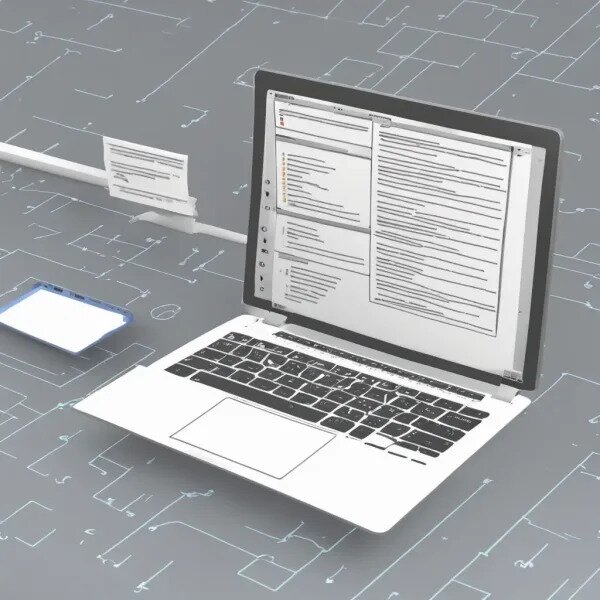Linux File System Hierarchy: Understanding the Linux directory structure is one of the most important first steps after migrating from Windows to Linux. Unlike Windows, Linux uses a unique, standardized file system layout. One of the first things new Linux users should learn is how the Linux filesystem hierarchy works. Getting familiar with this structure early on will help you confidently navigate, manage, and troubleshoot your Linux system.
Linux File System Directory Structure

What is the File System Hierarchy Standard (FHS)?
The Filesystem Hierarchy Standard (FHS) is a specification that outlines the directory structure and content in Linux and other Unix-like operating systems. This standard was designed to maintain consistency across distributions, making it easier for users and system administrators to understand and locate system files and directories.
Whether you're using Ubuntu, Debian, Fedora, or Arch Linux, understanding the FHS helps you work efficiently and ensures cross-compatibility between Linux distributions.
Understanding the Linux Filesystem Directory Structure
Here’s a breakdown of the core Linux directories defined by the FHS and what they’re used for:
| Linux Directory | Purpose in the Linux Filesystem Hierarchy |
|---|---|
| /bin | Essential command binaries needed for system repair and management. |
| /boot | Files required for system booting, including GRUB and kernel files. |
| /cdrom | Legacy mount point for CD-ROM media. |
| /devbootstrap | Setup files used during initial installation processes. |
| /dev | Device files representing hardware and virtual devices. |
| /etc | System wide configuration files and shell scripts used during boot. |
| /home | User directories and personal files. |
| /initrd.img | Link to the initial RAM disk used at boot time. |
| /lib | Essential shared libraries used by binaries in /bin and /sbin. |
| /lost+found | Recovered files after filesystem errors. |
| /media | Auto mount point for external drives like USBs and DVDs. |
| /mnt | Temporary mount point used by system administrators. |
| /opt | Optional third-party application software. |
| /proc | Virtual filesystem providing process and kernel information. |
| /root | Root user’s home directory. |
| /sbin | System binaries used for booting, restoring, and repairing. |
| /srv | Data for services provided by the system, like FTP or web servers. |
| /sys | Interface to kernel devices and system info. |
| /tmp | Temporary files, usually deleted on reboot. |
| /usr | User system resources—apps, binaries, documentation, etc. |
| /var | Variable files like logs, caches, and spool files. |
| /vmlinuz | Link to the compressed Linux kernel image used for booting. |
Mastering the Linux file system layout gives you the confidence to explore and troubleshoot Linux systems efficiently. While this guide highlights essential directories, deeper knowledge will come with hands on experience as you continue using Linux.
Further Reading and Related Guides
- Find a File in Linux: Learn how to search for files and directories using command-line tools like
findandlocate. - How to Use the chmod Command in Linux: Understand how to manage file and directory permissions with the powerful
chmodutility.
